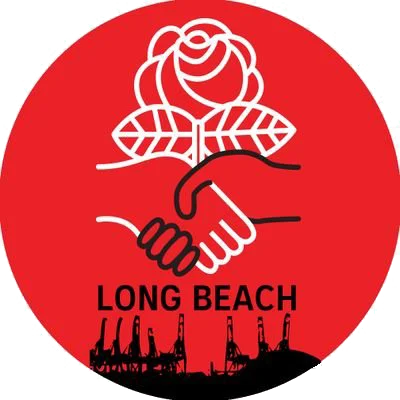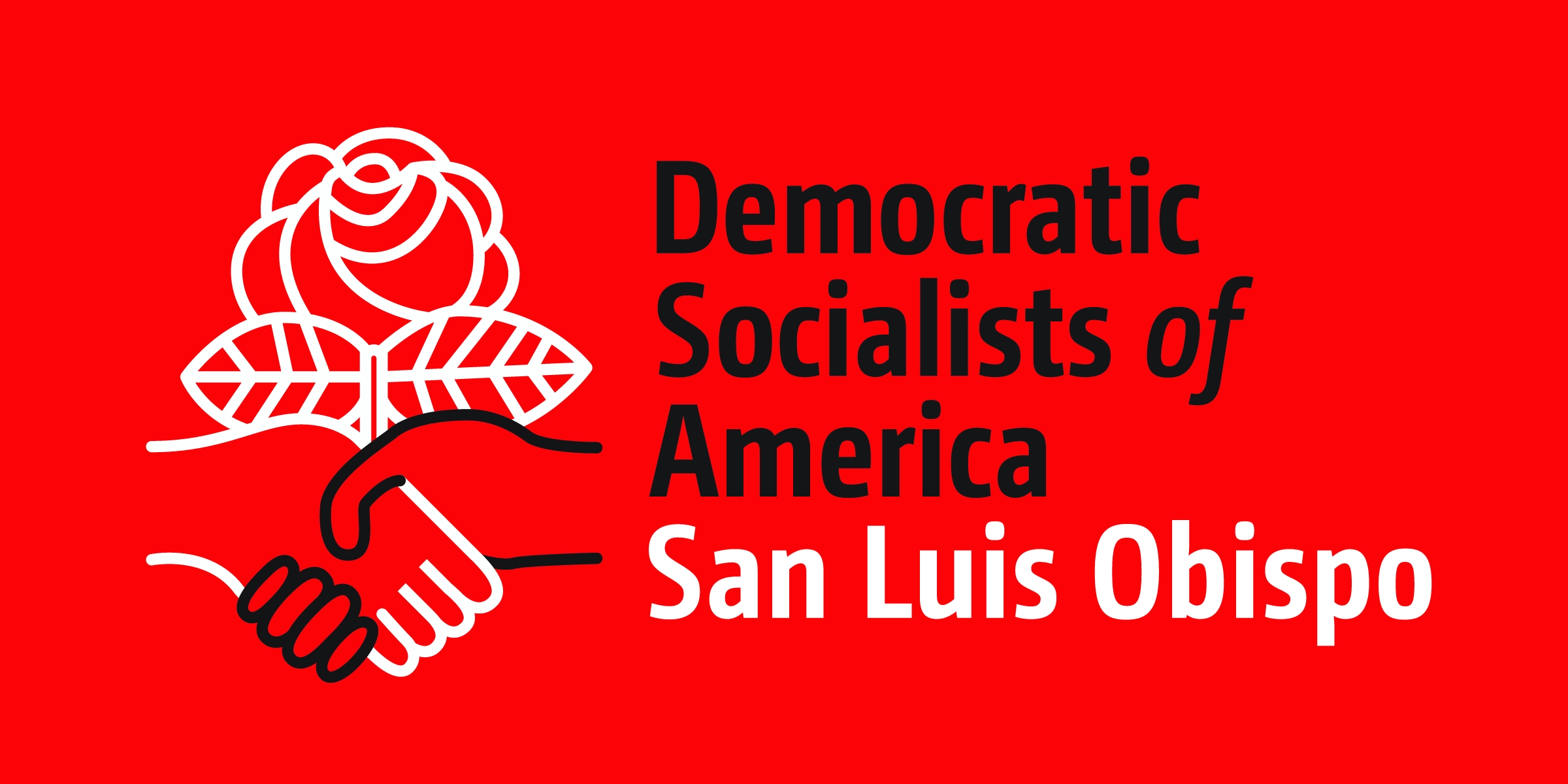
A Red New York - The NYC DSA Convention
The New York City Chapter of the Democratic Socialist of America is the biggest chapter of the largest socialist organization in the United States since the Second World War. We are run by our more than 5,500 members and organizers who are working together to build democratic socialism in all five boroughs and beyond. This past week we held our annual convention where we assess our progress and develop our platform for the future. Check out our latest episode to learn about the collective struggle for a Red New York.
Check out our new "Call to Action" list: https://docs.google.com/document/d/10KHWZPcocm-h5OQ_SJ_4Dj8JKzhPPIMDE5k3ffbZonA/edit?usp=sharing

The Decriminalization of Poverty with Tiffany Caban
Tiffany Caban’s campaign for District Attorney of Queens has sparked a movement to decriminalize poverty in a borough of 2.3 million people after 28 years of the punitive reign of former DA Dick Brown and the Queens Machine. In this episode we’ll stalk about the stories of those affected by criminal injustice in Queens and the movements response envisioned by the Tiffany Caban campaign.

Housing is a Human Right!
The tenant movement in New York State is approaching a critical crossroads. Hear from experts and affected communities about the Housing Justice for All campaign and how to get involved.
Here's what to do!
Call your state-level representatives and urge them to pass all 9 bills. Even if they are sponsors, it’s important to show that the public supports this.
To find out who your assembly person and senator is go to mygovnyc.org/ and enter your address
Today is #tenanttuesday - join the discussion on housing rights on your favorite social media platform - remember to tag your elected officials: many of them are on twitter/facebook/instagram too
Donate at housingjusticeforall.org and follow
the housing justice for all campaign on twitter and facebook @housing4allNY

Sex Workers on Why Decriminalization
Sex work is work and we must protect sex workers by decriminalizing their work. We talk to Jessica Raven, steering committee member for Decrim NY, along side Tracy and Maya, sex workers who are organizing within the sex trade. This effort is targeting Albany now, but pushing further not just for decriminalization of the sex trade, but decarceration of sex workers who are already in jail, vacating the sentences of people who have already been prosecuted and de-stigmatizing sex work.
To find out more you can go to decrimny.org or to volunteer you can email steerco@decrimny.org.


June Elections Nominations Info
After reading the following, click here to fill out the form if you wish to run. Upon distribution of this message, nominations are officially open for upcoming June elections in which DSA-LB... Read more »
The post June Elections Nominations Info appeared first on DSA-LB.

ICE Out of Courts!
Today we’re discussing how the struggle for immigrant justice continues as the forces of reaction continue to demonize and terrorize our most vulnerable neighbors in our city. Throughout the episode we’ll speaking with Pamela, an organizer from the Immigrant Justice Working Group, about organizing against the deportation apparatus and for the empowerment of immigrant communities. We’ll also be hearing an interview with Elijah, another organizer with the Immigrant Justice Working Group, on canvassing for the Protect our Courts Act alongside the Tiffany Caban campaign.


San Luis Obispo Democratic Socialists of America (SLO DSA) Public Comment to the SLO City Council
Good evening Mayor Harmon and city council members. My name is Ethan Stan, and I am speaking this evening on behalf of the San Luis Obispo chapter of the Democratic Socialists of America, or SLO DSA.
Earlier this year, our chapter made a statement regarding the City’s overnight car camping ban. We’ll say again what we said then—we believe housing is a human right, and that a housing-first approach should be at the core of our City and County’s efforts to eliminate homelessness and housing insecurity in our community.
That we now have to comment on an ordinance that, if not passed, would likely create exactly the sort of homelessness the car camping ban punishes is shockingly unfair and unjust.
The housing crisis has gotten so extreme that the state government has had to step in and pass the incredibly moderate tenant protections enshrined in AB 1482. These include:
- Rent stabilization—not rent control—that caps increases at 5 percent plus inflation
- The elimination of most “no fault” evictions that allow landlords to kick renters out on a whim
- And does not even apply to units put on the market in the past 15 years
- It doesn’t even apply to single-family homes unless they’re owned by a corporation—which, it should be added, many are due to private equity firms buying foreclosed properties in the wake of the Great Recession
AB 1482 does not apply to small-time landlords. It is not a form of rent control. And as many housing justice advocates across the state argue, it won’t go far enough, only covering a portion of the state’s millions of renters. It wasn’t even opposed by landlord lobbying groups like the California Apartment Association.
That landlords in our community are still seeking to make an extra buck or kick their tenants out in the time between the bill’s signing and when it goes into effect is beyond the pale. These actions are not just counter to our community’s values—they are against the values of a humane society.
Renters make up over 60% of our city’s population. The hourly wage needed to afford a one-bedroom unit in our city without becoming rent-burdened is estimated to be over $25; our minimum wage is still at $11–12. There are already countless people sleeping under bridges and in their cars across town, and the rainy season starts tonight.
Please, pass this emergency ordinance. Thank you.

Marshaling For May Day
Celebrate May Day with the New York City Democratic Socialists of America. Host Jack Devine speaks with Emmy and Ariel, two of our street protest marshals, otherwise known as the "Red Rabbits." We discuss how organizers work to keep our comrades safe and make sure our direct actions are effective, especially in the aftermath of Charlottesville. Additionally we dive into the origins of May Day here in the United States in the aftermath of the Haymarket affair and how history shows how important it is for socialist to stand in solidarity with immigrants.
May Day NYC: Workers + Immigrants, We Rise Together
Tomorrow at 5:30 PM – 7:30 PM
Columbus Circle
10 Columbus Circle, New York, New York 10019 - maydayny.org

Sing with Us - The Socialist Chorus
This is one of our "Life in DSA" series in which we will examine internal organizational structures that exist to bolster our organizing.
Host Desiree Joy Frias talks with Annie Levin and Josh Feintuch about Sing in Solidarity, the New York City Democratic Socalists of America's Chorus about why music is a powerful part of organizing. We also get to hear a couple songs from the chorus.
We hope you enjoy and come out to join us!

Green New Deal Earth Day Special Part II
In part two of our two hour Earth Day special we’ll talk about what a Green New Deal could look like at a state level and right here in New York City.
We’ll have Thomas Niles in the studio to talk about New York City Democratic Socialist of America Ecosocialist working group’s new People Power NYC campaign. Our discussions highlights the absurdity of private ownership of our collective resources and how democratically owned energy is necessary for a sustainable future. Additionally we’ll also hear from climate reporter Alexander Kaufman about the historic Climate Mobilization Act that the City Council passed last week.